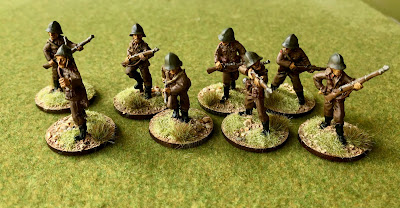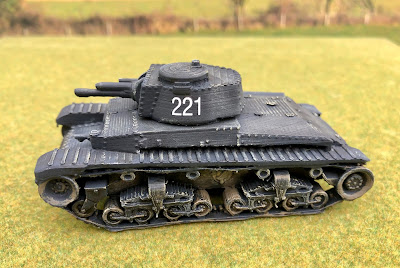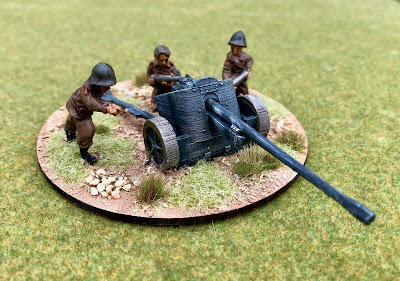This is Simon Sebag Montefiore's epic study of the Russian imperial family from its accession to power in the early 17th century until the murder/execution of the last Tsar and his family in July 1918.
It is tempting to view this subject as a history of Russia for most of its existence as a state. However, while the narrative covers all of the main events, it is very much a history of the Romanov family. Wars and other significant events are given cursory treatment. Twenty sovereigns of the Romanov dynasty reigned for 304 years, from 1613 until tsardom's destruction by the Revolution in 1917.
The tragic events of 1918 tend to overshadow the empire-building achievements of the Romanovs. The Russian empire, it is estimated, grew by fifty-five square miles per day after the Romanovs came to the throne in 1613, or 20,000 square miles a year. By the late nineteenth century, they ruled one-sixth of the earth's surface.
The other key feature of the Romanovs, and arguably the cause of its demise, was the autocratic nature of the Tsar's rule. Even the modest democratic reforms of other European nations were ignored and resisted by the Romanovs. This led to a reliance on the violent overthrow of incompetent rulers. Mob rule, assassination and palace coups were pretty commonplace. Being an autocrat was a tough shift. It is a punishing job for a modern politician to hold for five years, let alone a lifetime – and many tsars ruled for over twenty-five years.
Picking the right bride was essential for any monarch. In the early centuries of Romanov rule, this was done through a brideshow. This was designed to diminish turbulence by virtue of the Tsar's deliberate choice of a girl from the middle gentry. Five hundred virgins were summoned from throughout the realm for the beauty contest to pick a bride for Ivan the Terrible.
The other feature that strikes the reader is the level of violence, excessive even for a more violent age. Households were supposedly run according to the joyless Domostroi, household rules written by a sixteenth-century monk, which specified that 'disobedient wives should be severely whipped' while virtuous wives should be thrashed "from time to time but nicely in secret, avoiding blows from the fist that cause bruises". Rebels faced some pretty dire punishments. Tsar Alexei celebrated the defeat of the Cossack uprising of Stenka Razin by having him tortured on the platform in Red Square, to Alexei's gruesome specifications: he was knouted, his limbs were dislocated and forced back into their sockets, he was burned with a red-hot iron and cold water was dripped on to his head, drop by drop, before he was dismembered, quartered alive, beheaded and his innards fed to dogs. There is much more of this in the years to follow.
Alcohol was another feature. Peter the Great was blessed with an iron metabolism for alcohol, rising at dawn to work even after marathon drinking sessions. But the lifestyle was deadly: several of his ministers died of alcoholism. It is also worth remembering as we marvel at the buildings in St Petersburg that thousands died to create Peter's dream city. The Empress was little better. She had her veteran dwarf Bakhirev thrashed for asking not to be tossed – then funded his medical treatment and supply of wine.
There are lots of great stories in this book. If you took away from War and Peace that Kutuzov was more than a little past it. If he could no longer stay awake during a war council nor mount a horse, he apparently concealed two peasant-girl mistresses disguised as Cossack boys among his staff.
Montefiore is a good storyteller. This is less a history of Russia than a series of often entertaining stories about the Romanovs. The brilliant 'Greats' like Peter and Catherine, and the many more inadequates. It is pretty horrific in places, not least the pervasive violence and antisemitism. But still a good read.
Given the importance of Russia to the Balkans, I unsurprisingly have wargame armies for almost every period other than the early period of Ivan the Terrible.
 |
| 28mm Russian Dragoons of Peter the Great's army |
 |
| And a foot unit from the same period |
 |
| Fast forward to the 19thC and Russo-Turkish War in 28mm |
 |
| And finally, the last Romanov army during WW1 |
If you think you already know a bit about the Romanovs - try the History Extra quiz.

















































